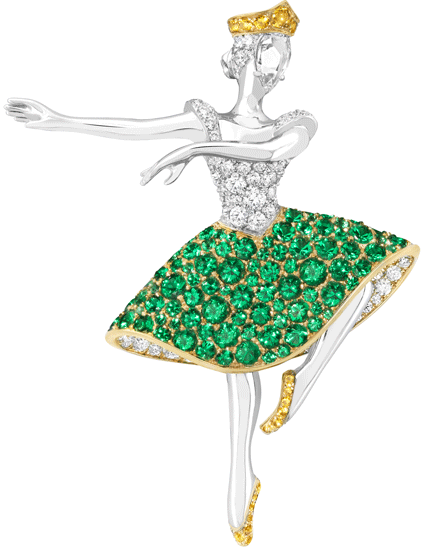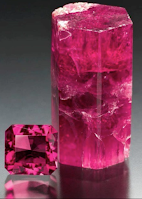Diamonds, the element carbon in nature, are usually thought of as clear, transparent, or white. Sapphires, corundums, or aluminum oxide, are abundantly blue in nature. Yet both precious gemstones also come in several fancy colors when trace minerals (impurities) bond within each stone's chemistry as they form over billions of years in the earth's crust.
Diamond is an allotrope (meaning it has molecular modifications) of pure Carbon
Sapphire is a corundum, chemically, extremely hard aluminum oxide. Red corundum is a ruby, not a sapphire.
|
Color of Sapphire |
Trace Impurities or minerals causing the color |
|
Blue (the most sold) |
Iron or Titanium |
|
Green and Yellow |
Iron or low-level radiation within the earth |
|
Orange (padparadscha sapphire) The Natural Sapphire Company | A combination of chromium (red) and iron (yellow) or natural radiation |
Purple and Violet |
Vanadium or natural radiation |
|
Pink |
Chromium |
|
|
|
|
When the corundum is red it is a ruby. All other colors of corundum except red, are sapphires. |
Chromium |
| What fun Van Cleef & Arpels designs with emeralds and fancy carnary yellow diamonds in the center dancer! We'd all be dancing if we could afford to buy them. |


























































